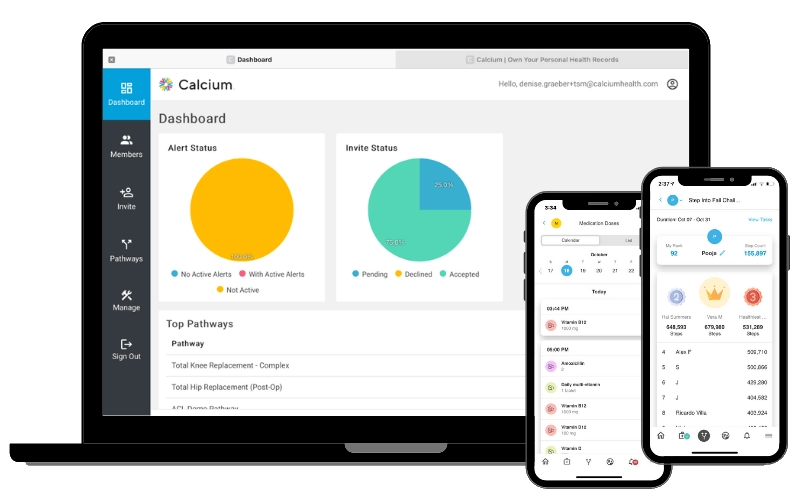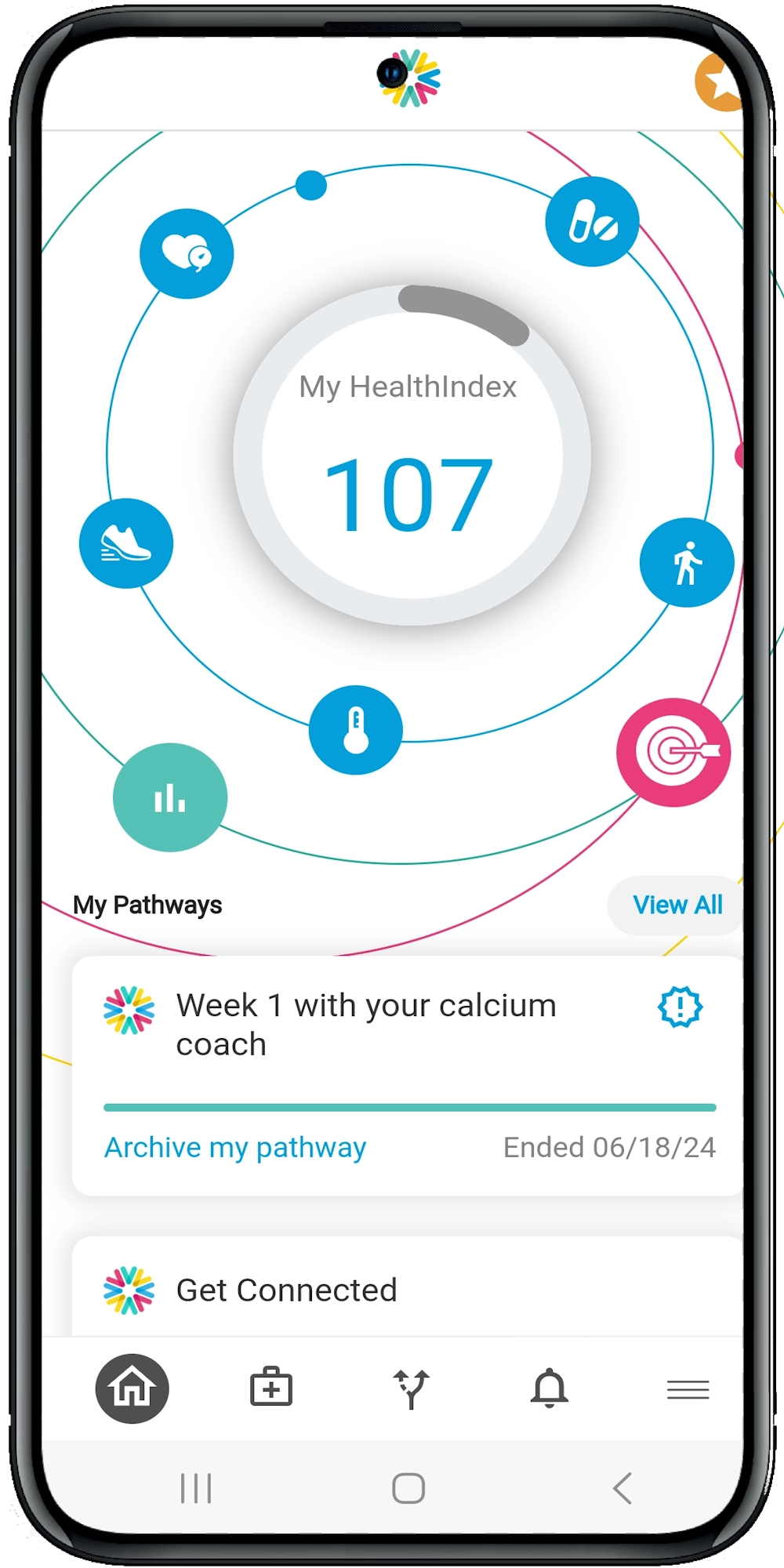Wearable Technology: A Game Changer in Chronic Condition Monitoring
The Rise of Wearable Technology in Healthcare
Wearable technology isn’t new, but its application in healthcare has skyrocketed in recent years. Devices like smartwatches, fitness trackers, and specialized medical monitors are no longer just trendy accessories; they are vital tools in chronic disease management.
Why the sudden surge? The answer lies in their ability to provide continuous, real-time data. Unlike traditional methods that rely on periodic check-ups and patient self-reporting, wearables offer a constant stream of information. This continuous monitoring can be a game-changer for patients with chronic conditions, allowing for timely interventions and more personalized care plans.
Benefits of Wearable Technology for Chronic Condition Monitoring
Real-Time Data Collection
Wearables collect data 24/7, providing a comprehensive picture of a patient’s health. This continuous monitoring can detect anomalies early, potentially preventing complications.
Patient Engagement and Empowerment
Wearables encourage patients to take an active role in their health. By providing immediate feedback, these devices can motivate patients to adhere to treatment plans and make healthier lifestyle choices.
Remote Monitoring
For patients with mobility issues or those living in remote areas, wearables enable effective remote monitoring. Healthcare providers can track patient data from afar, reducing the need for frequent in-person visits.
Data-Driven Insights
The vast amounts of data collected by wearables can be analyzed to identify patterns and trends. This information can help healthcare providers make more informed decisions about treatment plans.
Types of Wearable Devices for Chronic Condition Monitoring
Smartwatches: These devices can monitor heart rate, activity levels, and even detect irregular heartbeats. Some models also offer ECG capabilities, providing valuable data for patients with cardiovascular conditions.
Continuous Glucose Monitors (CGMs): For diabetic patients, CGMs offer real-time blood sugar readings, alerting them to dangerous highs and lows. This can significantly reduce the risk of complications and improve overall diabetes management.
Wearable Blood Pressure Monitors: These devices provide continuous blood pressure readings, helping to manage hypertension more effectively. They can alert patients and healthcare providers to dangerous spikes or drops.
Fitness Trackers: While not as specialized, fitness trackers can still provide valuable data on activity levels, sleep patterns, and overall fitness. This information can be useful for managing conditions like obesity and sleep apnea.
Challenges and Considerations
While the benefits are clear, there are also challenges to consider. Data accuracy is a primary concern. Not all wearable devices are created equal, and the accuracy of the data they provide can vary. It’s essential to choose devices that have been validated through rigorous testing.
Another challenge is data security. Wearables collect sensitive health information, making them potential targets for cyberattacks. Ensuring that data is encrypted and stored securely is crucial.
Lastly, there’s the issue of patient compliance. While wearables can empower patients, they can also become a source of anxiety or frustration if the data is overwhelming or difficult to interpret. Healthcare providers need to offer guidance on how to use these devices effectively and interpret the data they provide.
Integrating Wearable Technology into Patient Care
To maximize the benefits of wearable technology, it’s essential to integrate these devices into the broader healthcare ecosystem. Here are some steps to consider:
Educate Patients
Ensure that patients understand how to use their devices and interpret the data. Provide resources and support to help them feel comfortable with the technology.
Collaborate with Tech Experts
Work with technology experts to choose the right devices and ensure they are properly integrated into your practice’s systems.
Use Data Analytics
Leverage data analytics tools to make sense of the vast amounts of data collected by wearables. This can help identify trends and inform treatment decisions.
Develop Clear Protocols
Establish clear protocols for how wearable data will be used in patient care. This includes setting thresholds for alerts and determining how data will be communicated between patients and healthcare providers.
Focus on Patient-Centered Care
Remember that technology is a tool to enhance patient care, not replace it. Use wearables to support a patient-centered approach, focusing on the individual needs and preferences of each patient.
The Future of Wearable Technology in Healthcare
The potential of wearable technology in healthcare is vast, and we are only scratching the surface. Future advancements may include more sophisticated sensors, improved data accuracy, and greater integration with other health technologies. Imagine a world where wearables can predict a heart attack before it happens or detect early signs of a chronic condition before symptoms appear.
As healthcare professionals, staying informed about these advancements and being open to integrating new technologies into your practice is crucial. Wearable technology offers a powerful tool for improving patient outcomes, but it requires a thoughtful and strategic approach to realize its full potential.
Summary and Suggestions
In conclusion, wearable technology is indeed a game-changer in chronic condition monitoring. By providing real-time data, empowering patients, and enabling remote monitoring, these devices are transforming how we manage chronic illnesses. However, it’s essential to navigate the challenges and integrate these tools thoughtfully into patient care.
Ready to learn more? Explore other relevant resources on our website or schedule a demo to discover how our digital health platform and solutions can support your practice.





